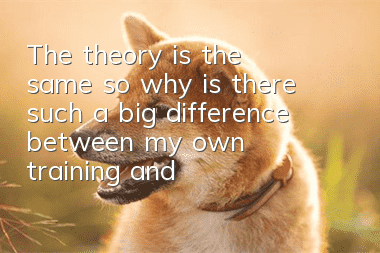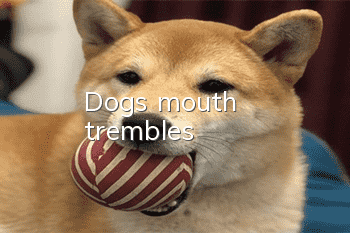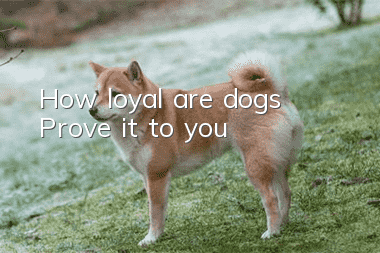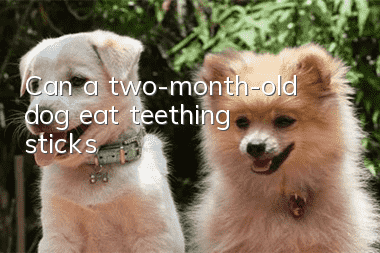The theory is the same, so why is there such a big difference between my own training and that of the dog trainer?

Training a dog to obey commands perfectly is not an easy task for most pet parents, which is why so many dogs develop behavioral problems.
However, we also strongly encourage pet parents not to give up on their dogs, because you can get improvement methods from dog trainers, veterinarians, animal behaviorists, and many other sources.
The number of snacks given is key
In fact, the basic theory of dog training is very simple and everyone can understand it, but why is there such a big difference in operation?
The most common mistake many people make when training their dogs is that they give the wrong number of treats in order to make their dogs perform better.
According to dog training magazine Bark, reward-based training is widely regarded as the most successful method of teaching commands to dogs, but a significant number of pet parents inadvertently fail to use effective methods, thereby sabotaging their pets' progress.
If there are two extremes in reward training methods, then at one end are those situations where a treat is given every time the dog responds; at the other end are those situations where no reward is given at all.
Both situations may result in lower command compliance, resulting in poor training effectiveness.
If you find that your dog only responds to your commands, or to commands such as "sit," then it is likely that you are giving him too many rewards.
Many dogs in this situation learn two things, either follow the rules and insist on sitting still and you will get a treat, or they can ignore the dog owner.
When teaching new commands, continuous reinforcement (CR) is necessary so that the dog learns to establish the connection. However, if you continue giving treats for too long, he may stop trying.
CR for too long can also cause a dog to become dependent on food rewards: it will refuse to work unless food is given away.
You need to change the rules of the game so that the dog doesn’t know when he will get the reward.
Why are some claw machines and gambling machines so attractive? It’s because you don’t know which operation will get a reward. It might be the first time, it might be the fifth time, it might be longer. If it's a fixed frequency, it's not that attractive.
Therefore, in terms of training techniques, it is necessary to change from continuous reinforcement to variable ratio reinforcement (VR).
The dog knows that there will be rewards for doing it right, but he doesn’t know the specific rules of rewards. For example, you can feed snacks every other time, give snacks one after another, or give snacks when scattered, so that he can’t guess your routine. !
Is praise as effective as reward training?
Most obedience-trained dogs are eager to please humans, so use this to train your pet during the training process, and sometimes praise may be more effective than actual rewards!
In a 2016 study conducted at Emory University, researchers used an MRI scanner to look at the brains of 15 dogs as their owners praised them or offered them food.
For most dogs (13 out of 15), when they were praised, areas of the brain involved in reward and decision-making showed the same or more activity than when they were rewarded.
For some dogs, praise may be more beneficial than rewards.
In the second phase of the study, the same dogs were placed in a simple maze with a bowl of food placed on one exit, while their owners sat at the end of the second exit with their backs to them.
Most dogs walked up to their owners and received compliments.
The traditional view is that dogs are mainly "Pavlovian response machines", saying that dogs' only motivation is food, and that their service to humans is just a means to achieve this end. I strongly disagree with this view!
Dogs are not simple machines, they also have emotions and some advanced needs!
Just like the above experiment, between food and owners, 80% to 90% of dogs will still go to their owners.
It also shows the importance of social rewards and praise for dogs. Article source: Paite Angel public account
- Is it useful to vaccinate dogs against Toxoplasma gondii?
- Four causes of heatstroke in dogs
- How to deworm your dog externally? How to deworm dogs externally
- Why does a dog urinate blood?
- Kunming Dog Advantages and Disadvantages
- There are white flakes on the puppy
- What to do about dog hernia
- Training your dog to accept and get used to being touched by strangers
- Australian Cattle Dog Lifestyle Habits
- Are Norwegian Shepherds aggressive?



